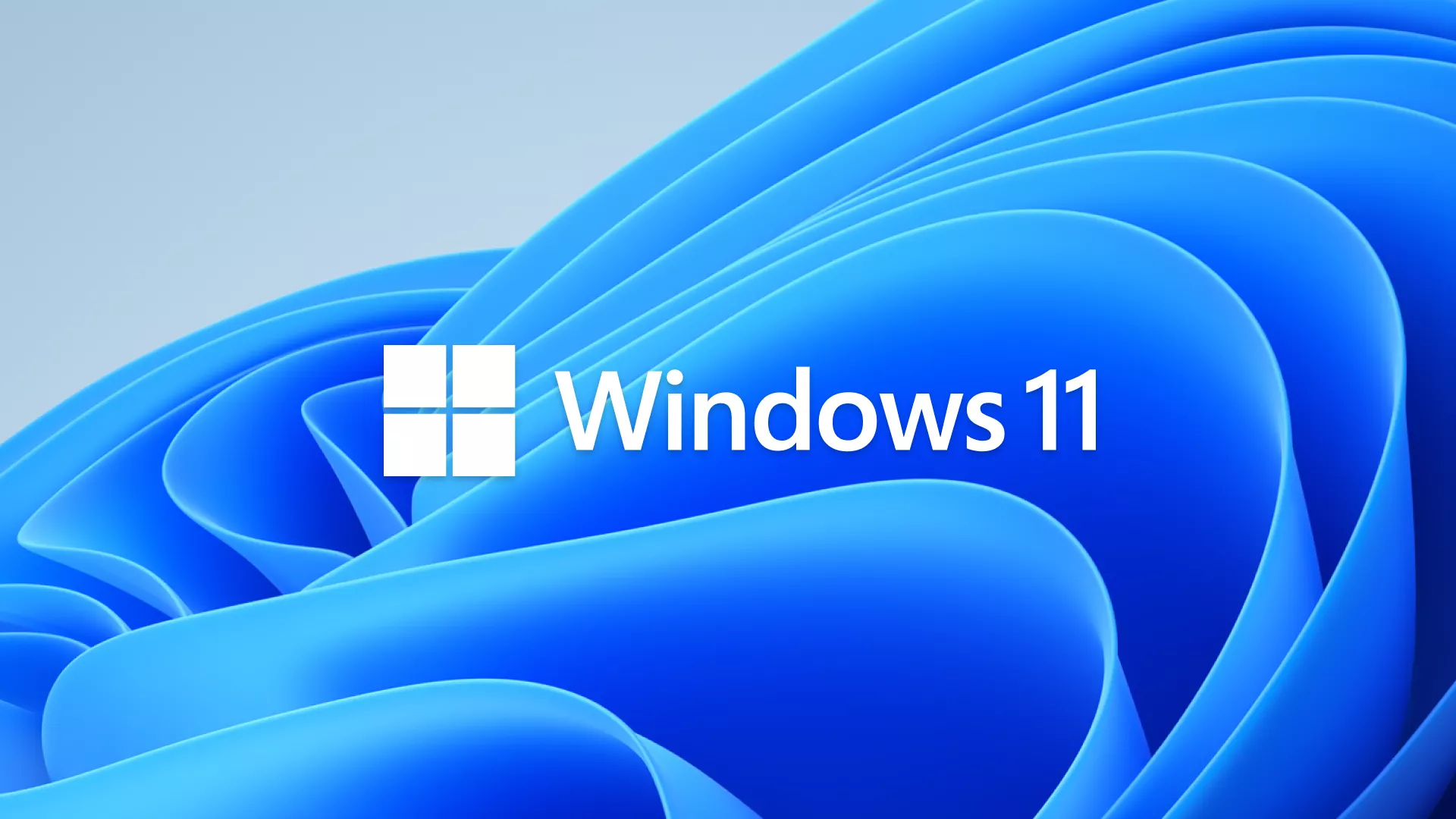
Microsoft Confirms Windows 11 22H2 App Failures After System Restore
It looks as though Windows 11 22H2 users are experiencing another bout of difficulties with the operating system. Although Microsoft’s mission with Windows 10 and 11 has been to offer continual upgrades to performance and features with two major updates per year (and many smaller ones in between), there are still bugs that manage to creep up occasionally. The latest issue, filed under KB5023152 (opens in new tab), involves apps crashing while opening after performing a system restore.
According to Microsoft, users running Windows 11 22H2 may encounter the following issues after performing a system restore:
- An error message “This app can’t open” is displayed instead of the app starting.
- The app might have multiple entries on the Start menu.
- An app may not respond when you try to start the app.
- An I/O error may occur, followed by the app not responding, and then the app crashes.
- If you try to start the app again, the app now runs.
Although this is not a comprehensive list, Microsoft says that Notepad, Paint, Office, Cortana and Terminal are all affected by the latest Windows 11 22H2 problems. What all the apps have in common is the use of the MSIX package format. Microsoft boasted in a 2021 support document (opens in new tab) that MSIX has a 99.96 percent success rate over “millions of installs,” is disk space optimized to avoid file duplication across apps, and reduces network bandwidth requirements.
Microsoft’s solution to the ongoing problem is an exercise in Troubleshooting 101. The company suggests that users try restarting the app, reinstalling the app or running Windows Update in hopes of resolving the issue. However, what’s interesting is that Microsoft usually will note that it is working to fix the root cause of these app failures and give an estimated timeframe for a fix. Unfortunately, Microsoft doesn’t provide that guidance with KB5023152.
It is also somewhat ironic that Windows users typically resort to using system restore when they encounter major software problems. Perhaps a rogue software package wreaked havoc, or you find yourself in driver hell with a piece of hardware. System restore is supposed to offer a relatively pain-free way of taking your machine back to a date before the troubles began. It’s a much quicker solution than nuking the operating system and starting from scratch.
But in this instance, system restore potentially solves one problem while creating more in its wake. That’s not a good look for Microsoft, but we hope a quick fix is in the pipeline to save Windows 11 22H2 users from these headaches.

